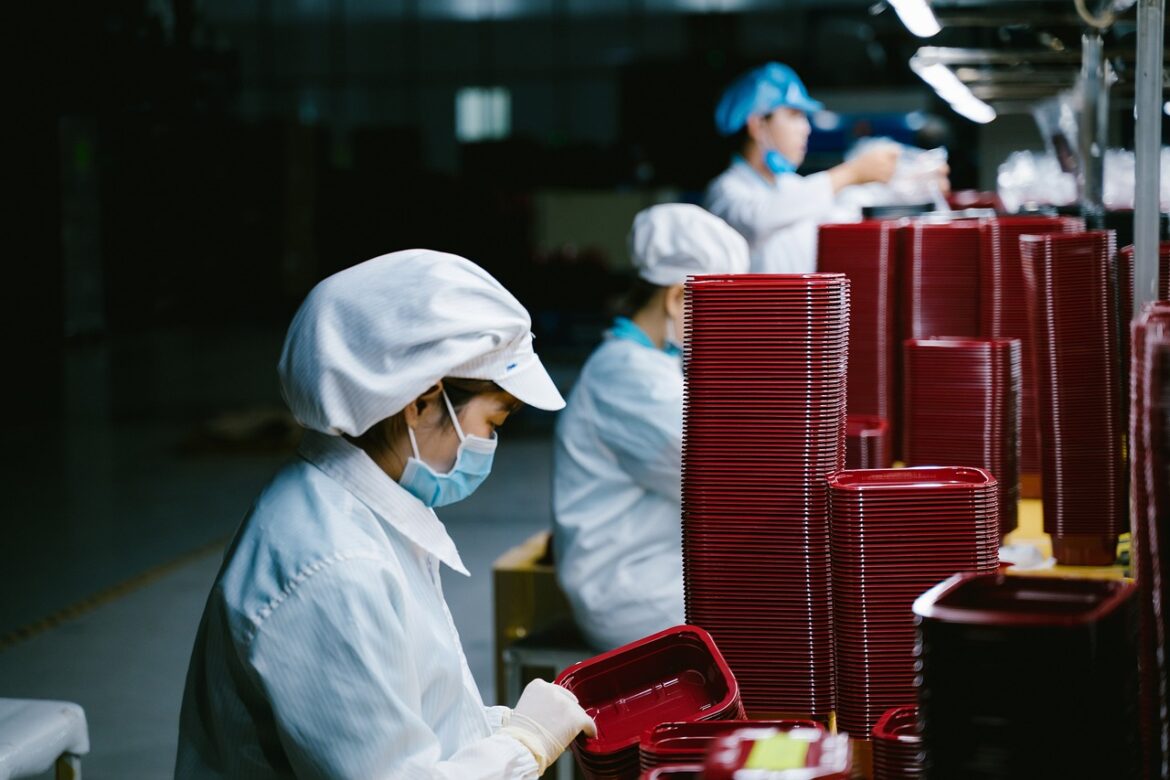Introduction to Manufacturing Leadership
Manufacturing has never been more dynamic. As the sector transforms under the pressures of technological innovation and shifting workforce needs, leadership plays a critical role. In this era, executives must not only harness emerging technologies but also navigate complex global supply chains and evolving consumer expectations. Let’s dive into some of the most significant trends shaping manufacturing leadership today.
Technological Convergence
Technological innovation is revolutionizing manufacturing, integrating AI, automation, and advanced materials to redefine production processes. The shift towards cloud computing and AI adoption is helping companies enhance efficiency and data-driven decision-making. For instance, Continental is using Google’s AI to develop more efficient and safe automotive solutions. This integration of technology is leading to new job roles focused on technical expertise and creativity.
Workforce Evolution
The manufacturing workforce is evolving rapidly. With a focus on high-skilled jobs requiring creative problem-solving and technical know-how, companies are finding innovative ways to attract and retain talent. AstraZeneca, for example, values diversity and inclusivity, looking for candidates with specialized skills like flow cytometry and programming.
Sustainability Imperative
Sustainability has become a central theme in manufacturing. Companies are increasingly adopting environmentally friendly practices, creating new roles focused on sustainable production. The International Energy Agency highlights AI’s potential in optimizing energy exploration and production processes without requiring new infrastructure.
Key Trends in Leadership
Here are some key trends influencing manufacturing leadership today: Data-Driven Decision Making: Leaders are using real-time data to make informed strategic decisions, optimizing operations and forecasting market trends. Reshoring and Nearshoring: The trend to bring manufacturing closer to home is creating opportunities for local job creation and economic growth.* Digital Maturity: Companies are moving from aspirational digital strategies to practical implementation, leading to increased operational efficiency.
Challenges Ahead
Despite these opportunities, manufacturing leaders face challenges such as rising costs, talent shortages, and global competition. To stay ahead, companies need to embrace technological innovation while building a more diverse and skilled workforce.
Conclusion
As manufacturing continues to evolve, strong leadership is crucial for navigating these changes. By adopting innovative technologies, fostering diverse talent, and prioritizing sustainability, companies can position themselves for success in this new landscape.
References:
- https://www.industryweek.com/white-papers/whitepaper/55281275/2025-manufacturing-trends-and-technology-report
- https://www.hochschildmining.com/media/emahzdi1/hs-ar24-combined-aw-v1_web-v2_17mb.pdf
- https://www.prnewswire.com/news-releases/the-majority-of-respondents-forecast-profit-growth-in-2025-according-to-wipflis-manufacturing-pulse-study-302423809.html
- https://careers.astrazeneca.com/job/gaithersburg/senior-scientist-flow-cytometry/7684/79922267984
- https://www.numberanalytics.com/blog/unlocking-opportunities-deep-dive-manufacturing-job-outlook
- https://cloud.google.com/transform/101-real-world-generative-ai-use-cases-from-industry-leaders
- https://www.copperberg.com/survey-report-the-voice-of-digital-leaders-in-manufacturing-2025/
- https://iea.blob.core.windows.net/assets/ed0483fd-aab4-4cf9-b25a-5aa362b56a2f/EnergyandAI.pdf



